| Coad | 667896 | Phase-Matching Angle | - | |
| Type | YAG | Beam Divergence | - | |
| Dimension(mm) | 20.0 x 3.0 | Storage Conditions | Vacuum-sealed Storage | |
| Wavelength(nm) | 210 - 5000 | Parallelism | - | |
| Mounting Dimensions (mm) | No Mounting Bracket | Surface Quality | - | |
| Typical Applications | Uncoated | Surface Flatness | - | |
| Coating Type | Uncoated | Coating Specifications | Uncoated |
YAG (Yttrium Aluminum Garnet) crystal is a high-performance synthetic optical material that holds a prominent position in the photonics field due to its excellent optical properties and outstanding physical characteristics. Produced using the advanced Czochralski growth method, YAG crystals exhibit superior optical homogeneity and stable physicochemical properties, making them widely used as laser gain media, optical windows, and for the fabrication of precision optical components.
The most significant advantage of YAG crystal lies in its well-balanced overall performance. With exceptionally high optical transmittance (>85%) across the visible to near-infrared range (400–5000 nm), combined with a high laser damage threshold of up to 10 GW/cm², it is the material of choice for high-power laser systems. Its high thermal conductivity (≈14 W/m·K) and low thermal expansion coefficient (7.8 × 10⁻⁶/K) ensure excellent thermal stability, allowing it to maintain reliable optical performance even under kilowatt-level laser power. In addition, YAG crystals feature remarkable mechanical strength (Mohs hardness 8.5) and chemical inertness, enabling them to withstand harsh operating environments. These properties make YAG crystals an ideal material for solid-state lasers, laser machining equipment, medical laser systems, and space optics instruments.
Our YAG crystal products undergo rigorous quality control, including optical homogeneity inspection (Δn ≤ 5 × 10⁻⁶), wavefront distortion testing (λ/8 @ 633 nm), and laser damage threshold evaluation. Depending on customer requirements, we offer various doping types (Nd:YAG, Yb:YAG, Er:YAG, etc.), a wide range of sizes, and customized optical processing (precision polishing, coatings, etc.).
Notes: For best performance, store and operate YAG crystals at 25 °C and 40%–60% relative humidity. If the crystal surface becomes contaminated, gently clean it with >99% alcohol and lint-free lens tissue. Avoid rough fabrics, water, or abrasive cleaners to prevent coating damage.
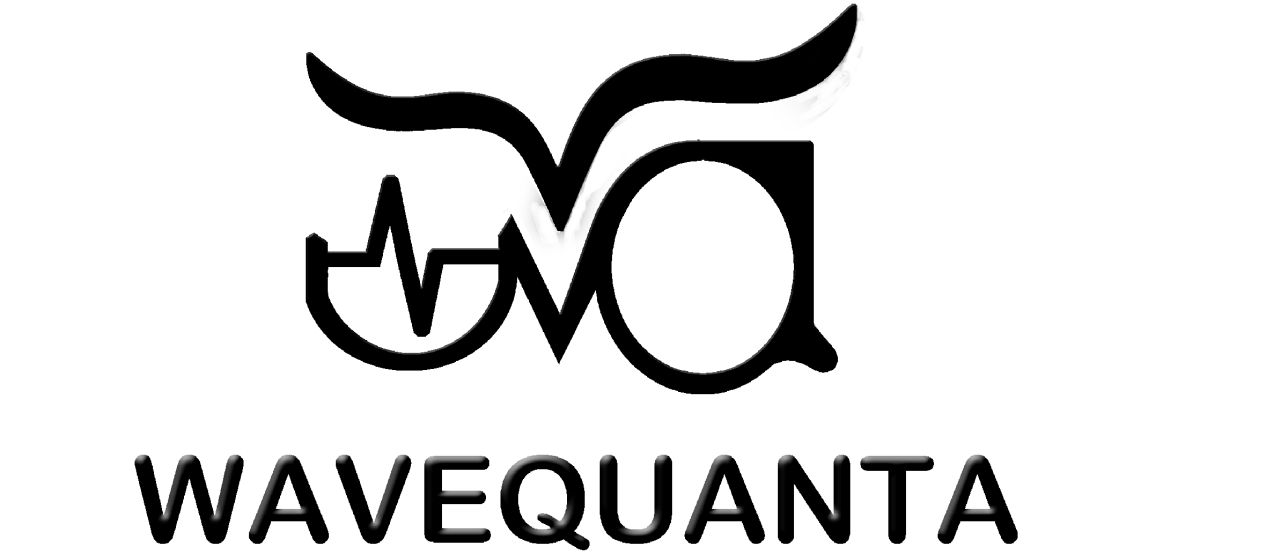




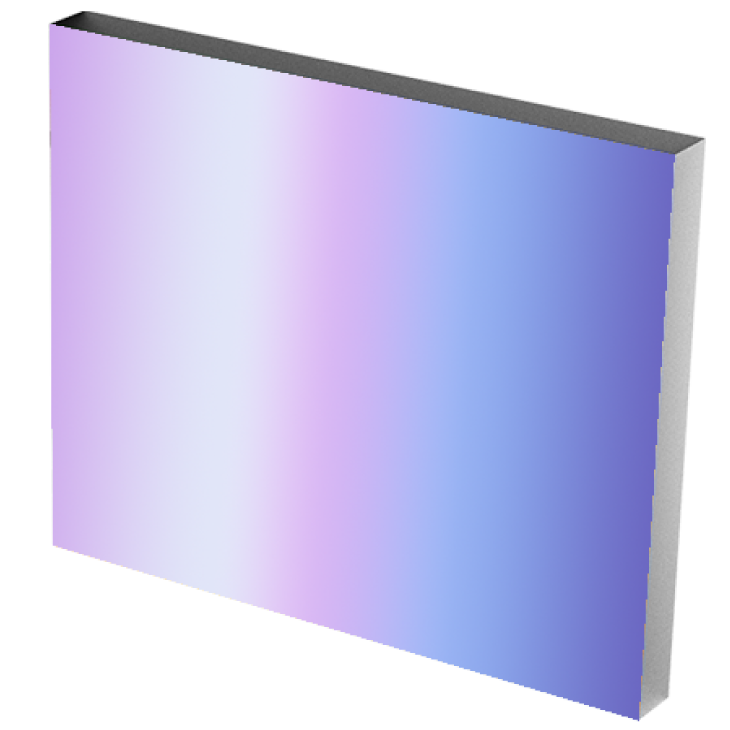



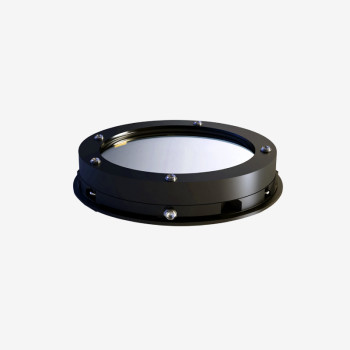

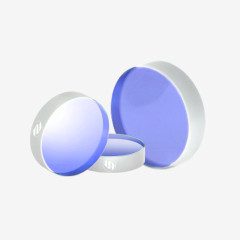
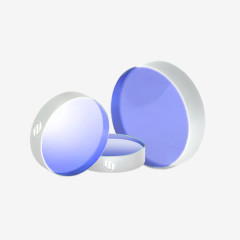
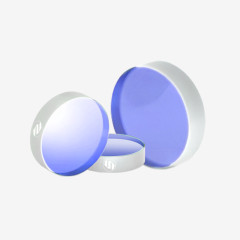
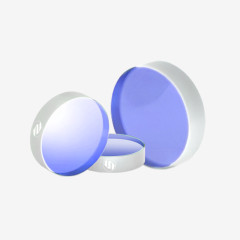
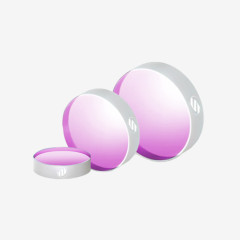
Product evaluation
%High praise
There are comments